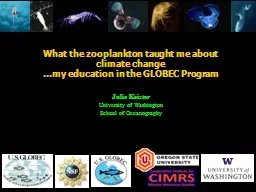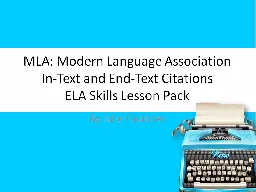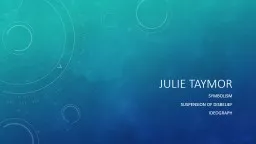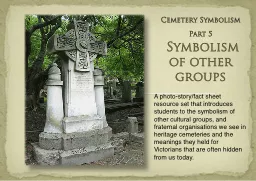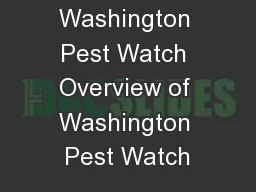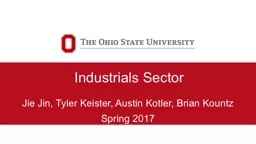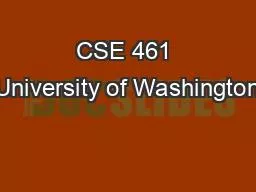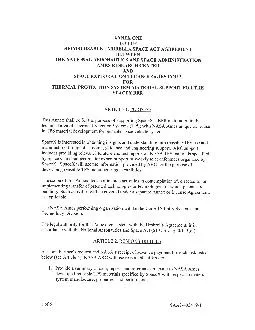PPT-Julie Keister University of Washington
Author : briana-ranney | Published Date : 2019-06-20
School of Oceanography What the zooplankton taught me about climate change my education in the GLOBEC Program US GLOBEC Northeast Pacific Program To provide climatology
Presentation Embed Code
Download Presentation
Download Presentation The PPT/PDF document "Julie Keister University of Washington" is the property of its rightful owner. Permission is granted to download and print the materials on this website for personal, non-commercial use only, and to display it on your personal computer provided you do not modify the materials and that you retain all copyright notices contained in the materials. By downloading content from our website, you accept the terms of this agreement.
Julie Keister University of Washington: Transcript
Download Rules Of Document
"Julie Keister University of Washington"The content belongs to its owner. You may download and print it for personal use, without modification, and keep all copyright notices. By downloading, you agree to these terms.
Related Documents

